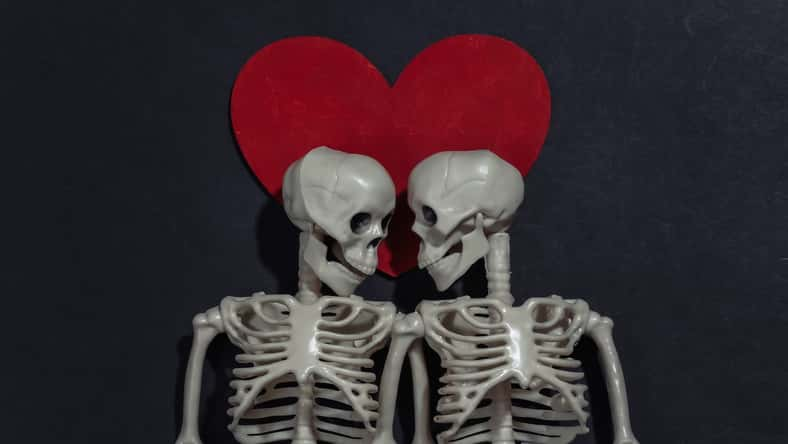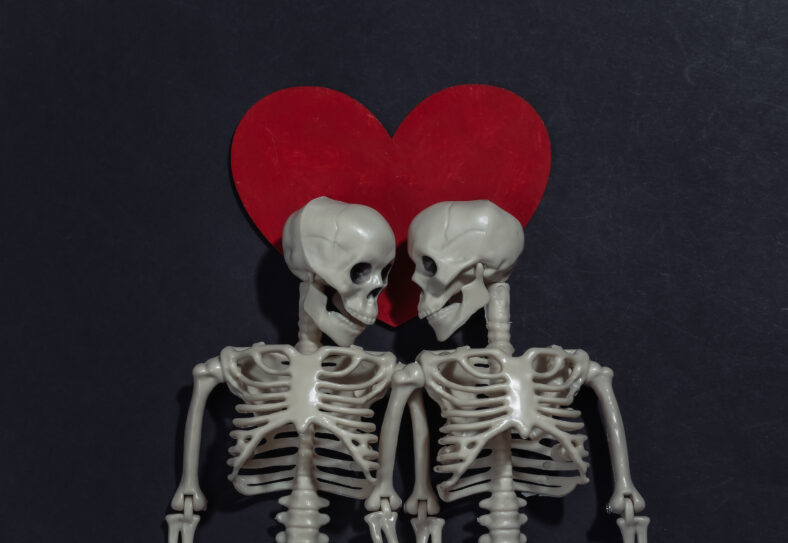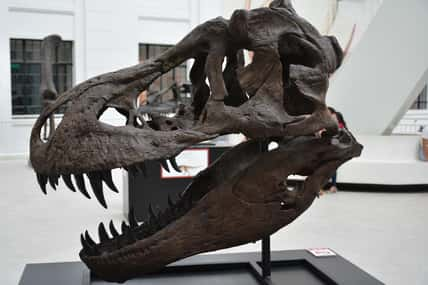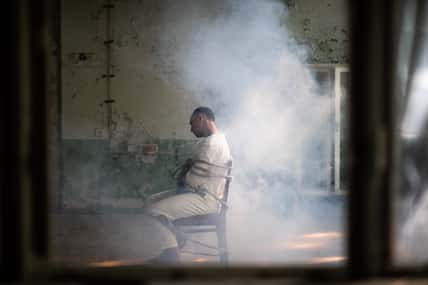They Died Embracing 2,800 Years Ago, And They Might Not Have Been Lovers At All

During excavations of the site of a 2,800-year-old massacre in what is now Iran, archaeologists came across a pair of skeletons locked in an eternal embrace.
As a result, they were nicknamed the “Hasanlu Lovers.” Initially, it was assumed that the Hasanlu Lovers were a male and female couple, but studies have suggested that they were both likely male.
The individuals may not have been lovers at all. They could have been friends, family members, or even strangers who looked to each other for comfort as they faced death.
In 800 B.C.E., there was a settlement located in the northwest region of modern-day Iran. The settlement had been occupied since the Bronze Age, according to the Metropolitan Museum of Art. It was situated near Lake Urmia and important trade routes.
But then, 2,800 years ago, the settlement was invaded by brutal attackers. It is unclear who the attackers were, possibly the Urartu. Hundreds of people were killed where they stood, and the settlement was burned to the ground.
Thousands of years later, when archaeologists explored the Teppe Hasanlu site, they found many victims of the massacre still preserved where they had died. The Hasanlu Lovers were discovered in the 1970s.
Archaeologists from the University of Pennsylvania uncovered the Hasanlu Lovers in a mudbrick and plaster bin.
The skeletons were hugging and appeared to be sharing one last kiss. The first skeleton, Sk 335, was found lying on its back and was between the ages of 19 and 22 when they died.
The second skeleton, Sk 336, was lying on its left side, and its right hand touched the other skeleton’s face. They were estimated to be between the ages of 30 and 35 at the time of death. Both skeletons seemed to be in good health. At first, Sk 335 was identified as male, and Sk 336 was female.

Sign up for Chip Chick’s newsletter and get stories like this delivered to your inbox.
They were victims of the massacre in 800 B.C.E. and showed signs of trauma from the attack. They may have climbed into the bin to hide, but it’s also possible that they were placed there. They likely died from suffocation in the bin together.
In the 1970s and 1980s, the skeletons were displayed at the Penn Museum, where they were presented as heterosexual lovers who met tragic ends.
But more recent studies have indicated that Sk 336 was male. So, perhaps they were not a straight couple, or they were not lovers at all.
Many questions still remain about the Hasanlu Lovers. Researchers don’t know how they got into the bin or why they did not seem to have any personal belongings.
Other victims of the massacre were found with items like anklets and bracelets. We will probably never know for sure who these two people were and how they spent the last moments of their lives.












